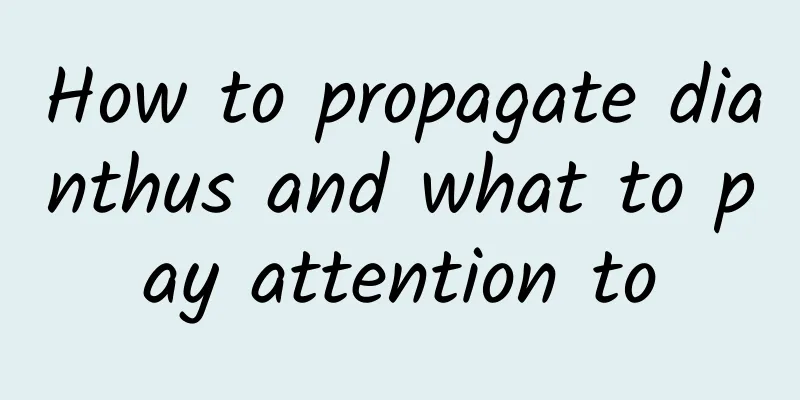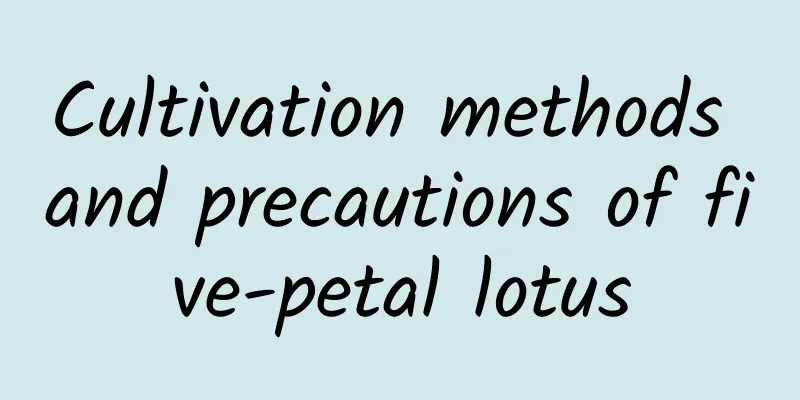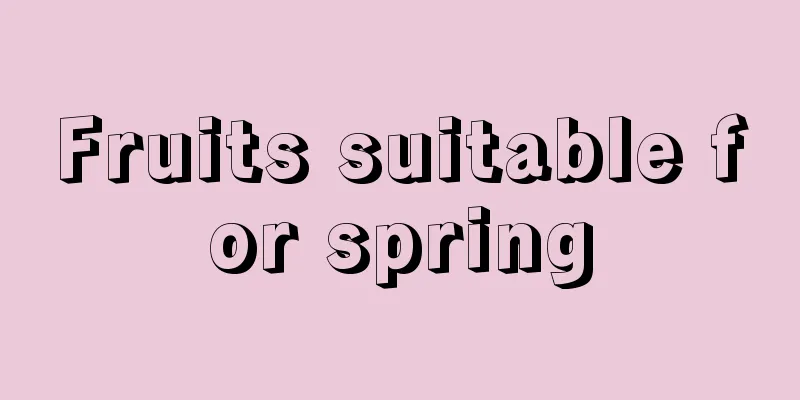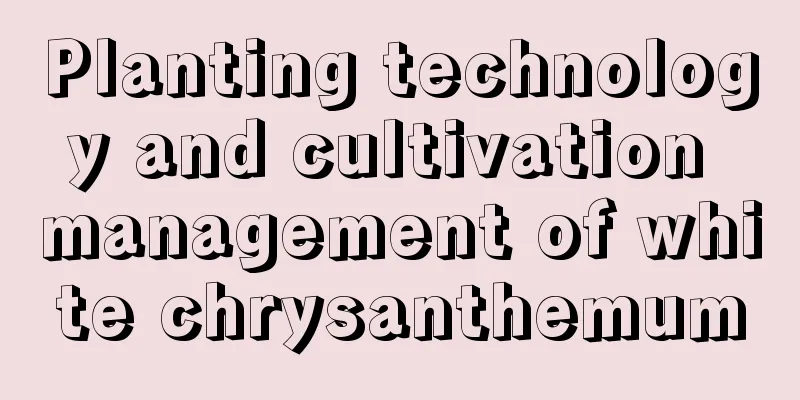Cultivation methods and precautions of red gentian
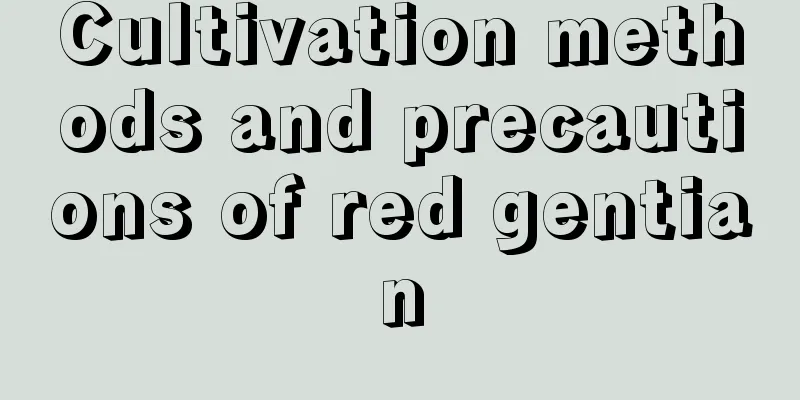
1. Maintenance methods1. Temperature: Red Gentian likes warmth, and its suitable temperature range is generally between 15 and 30 degrees. Too much heat will stunt its growth, so it is best to adjust it when the temperature is above thirty-five degrees. Similarly, the winter should not be too cold, otherwise its growth will be hindered. 2. Light: Red Gentiana is light-loving, and wild plants are generally distributed in places with good sunlight. If you are planting it on a large scale, you need to choose a sunny place with sufficient sunlight so that it can grow well. However, too strong light should be blocked as much as possible. 3. Watering: Red Gentian likes moisture and has very high requirements for air humidity. But be careful not to overwater when watering. Choose a location that drains easily so that drainage will be easier during the rainy season. 4. Fertilization: It does not require much fertilizer. Relatively speaking, base fertilizer is the most important. In addition, top dressing is mainly used during the flowering period, and can be used at other times as appropriate. 2. Breeding techniques1. Reproduction: It can be propagated by sowing. It is mainly carried out from mid-April to mid-May. Before sowing, it is best to soak the seeds for twenty-four hours. Because its seeds are relatively small, they are not suitable for direct sowing. It is best to mix them with fine sand and sow them together. After sowing, it is best to cover it with a layer of straw. Then, the surrounding environment needs to be kept suitable so that the chance of germination will be higher. 2. Weeding: Red gentian is generally sown in large areas, so attention should be paid to weeding in the field. Generally speaking, weeding should be done about twice a year. After weeding, it is best to add some base fertilizer. 3. Problem diagnosis and treatment1. Disease: There may be "sudden wilt disease", which is caused by fungi and has serious damage. In severe cases, it can cause the death of plants in large numbers. Mancozeb is needed for prevention and control. There is also "spot blight", which can be treated with carbendazim. 2. Pests: The main one is called "mole crickets", which can be eliminated by spraying pesticides or using traps and killing. IV. Other issues1. Toxicity: Red Gentian is non-toxic and is a traditional Chinese medicinal material. 2. Can it be grown at home? It is not an ornamental plant, but a medicinal herb that is generally grown on a large scale. |
<<: Cultivation methods and precautions of red holly
>>: Cultivation methods and precautions of red frangipani
Recommend
Is Hunan suitable for growing litchi trees? Will they bear fruit?
Can lychee trees be planted in Hunan? Litchi can ...
How to prune ivy
How to prune ivy Ivy branches can be pruned in sp...
Can I grow camellia at home?
Can I grow camellia at home? Camellias can be pla...
Can loquat seeds be planted?
1. Can be planted Loquat seeds can be planted. If...
You only need to plant these 8 flowers once, so you can enjoy flowers every year
Bougainvillea Bougainvillea is often planted in c...
What are the varieties of pear trees?
Main varieties of pear trees In China, there are ...
How long is the growth cycle of fir?
Introduction to Chinese fir growth Chinese fir li...
Cultivation methods and precautions of thin makeup
The thin makeup lady is easy to raise. It is a va...
How and when to plant radish
Radish planting time and month Radish is a common...
The advantages and disadvantages of talking about roses
The Shuochou rose is a rose with rose-red and whi...
Common varieties of blue fescue, each one will amaze you!
Variety Type There are many varieties of blue fes...
Can Clivia seeds be planted?
Can the seeds of Clivia be planted? The seeds of ...
When and how to repot the green radish
Time to repot the green radish It is recommended ...
How to grow tree radish over the winter
1. Daily breeding methods 1. Soil The plant prefe...
How to plant camellia and when to plant camellia
1. Planting time It is recommended to plant camel...
